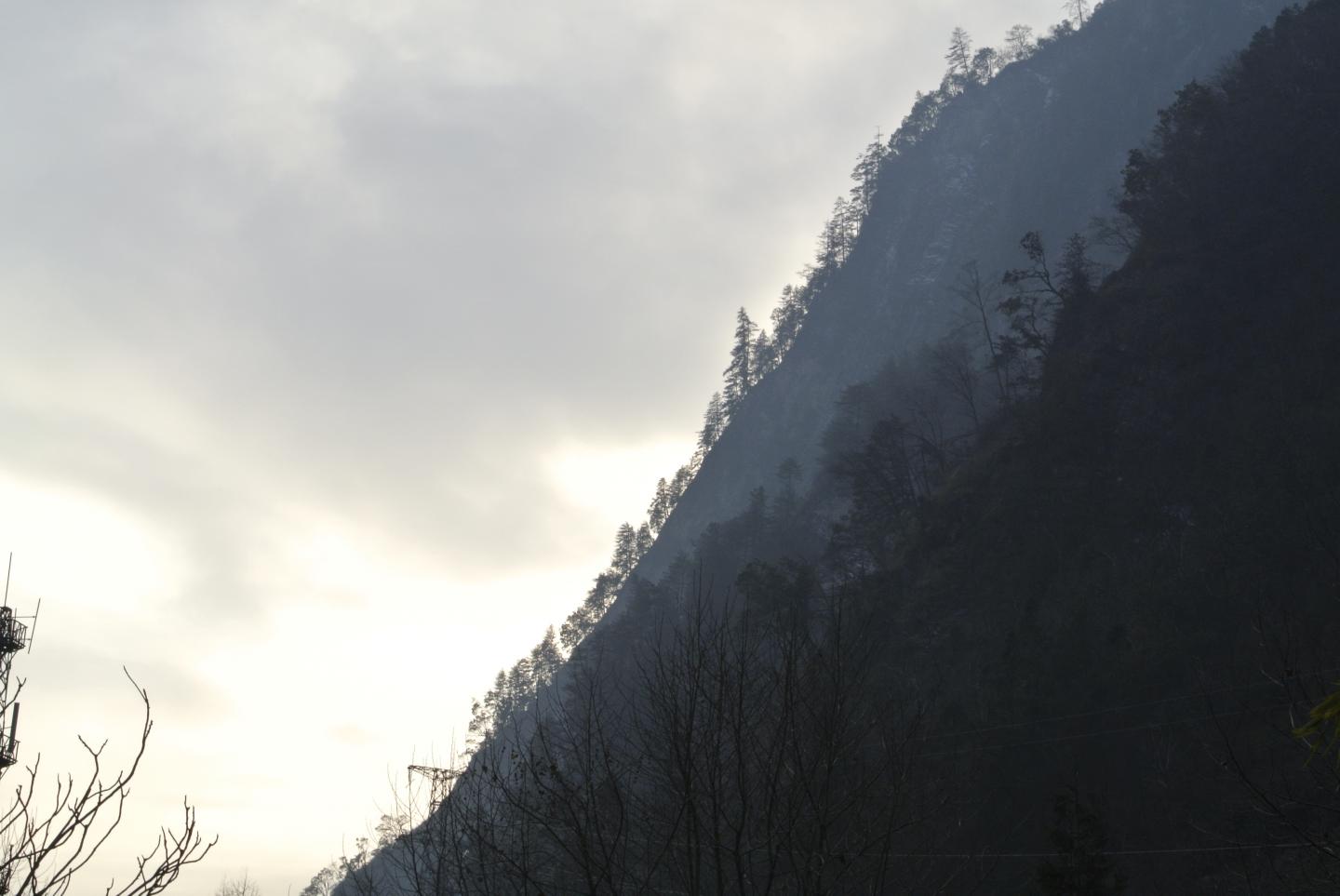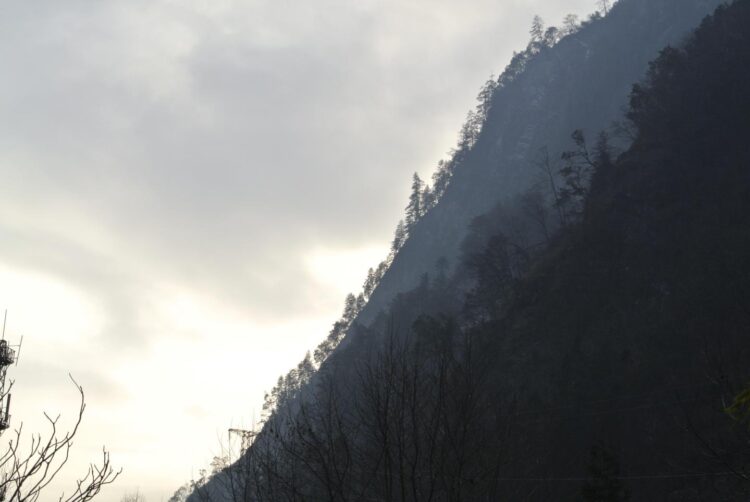
Credit: Sue Nichols, Michigan State University Center for Systems Integration and Sustainability
Lessons learned from the world’s protected forests: Just declaring a plot of land protected isn’t enough – conservation needs thoughtful selection and enforcement.
A group of scientists, many tied to Michigan State University, examined nearly 55,000 protected areas across the world to understand what it took to effectively protect their forests – a key benchmark to protecting habitat and preserving natural resources. They conclude that it’s important to protect the forests exposed to the most threats in areas close to cities and be prepared to be strict in enforcing rules intended to stop deforestation.
In a recent issue of Science of the Total Environment, researchers noted that more than 4 million square kilometers have been designated as protected areas in the past decade, without documentation of how effective such areas across the globe are at protecting.
Preserving forests means more trees to suck up greenhouse gasses, as well as prevent erosion, mitigate flooding, purify water and quell sandstorms. The paper notes some high-profile protected areas have suffered a loss of wildlife meant to be protected.
“Protecting forests is crucial to achieve sustainability,” said Jianguo “Jack” Liu, MSU Rachel Carson Chair in Sustainability and director of the Center for Systems Integration and Sustainability. “To ensure we are directing our efforts to the right places, it’s important to scrutinize protected areas across the globe.”
In this comprehensive analysis, the study revealed:
- About 71% of the protected areas worldwide contributed to preventing forest loss, but there is considerable room for improvement since only 30% of forest loss in protected areas has been prevented.
- Protected areas in regions with higher pressure of forest loss prevented more forest loss.
- Enforcement is important. At the global scale there is a trade-off between human uses of natural resources and the prevention of forest loss
- Private reserves performed similarly to public PAs in preventing forest loss.
The group concluded that declaring an area as protected is not enough and that more attention needs to be given to improving the quality of forest protection and protecting the right forests. Currently, a global pattern of declaring remote areas as protected is missing the target, which instead is better focused on natural areas more in danger of being exploited.
###
In addition to Liu, “A global assessment of the impact of individual protected areas on preventing forest loss” was written by Hongbo Yang, Andrés Viña, Julie Winkler, Min Gon Chung, Qiongyu Huang, Yue Dou and William McShea.
The work was supported by the Smithsonian Institution, the National Science Foundation, Michigan AgBioResearch, the Key Laboratory of Southwest China Wildlife Resources Conservation and the National Natural Science Foundation of China.
Media Contact
Sue Nichols
[email protected]
Original Source
https:/
Related Journal Article
http://dx.





